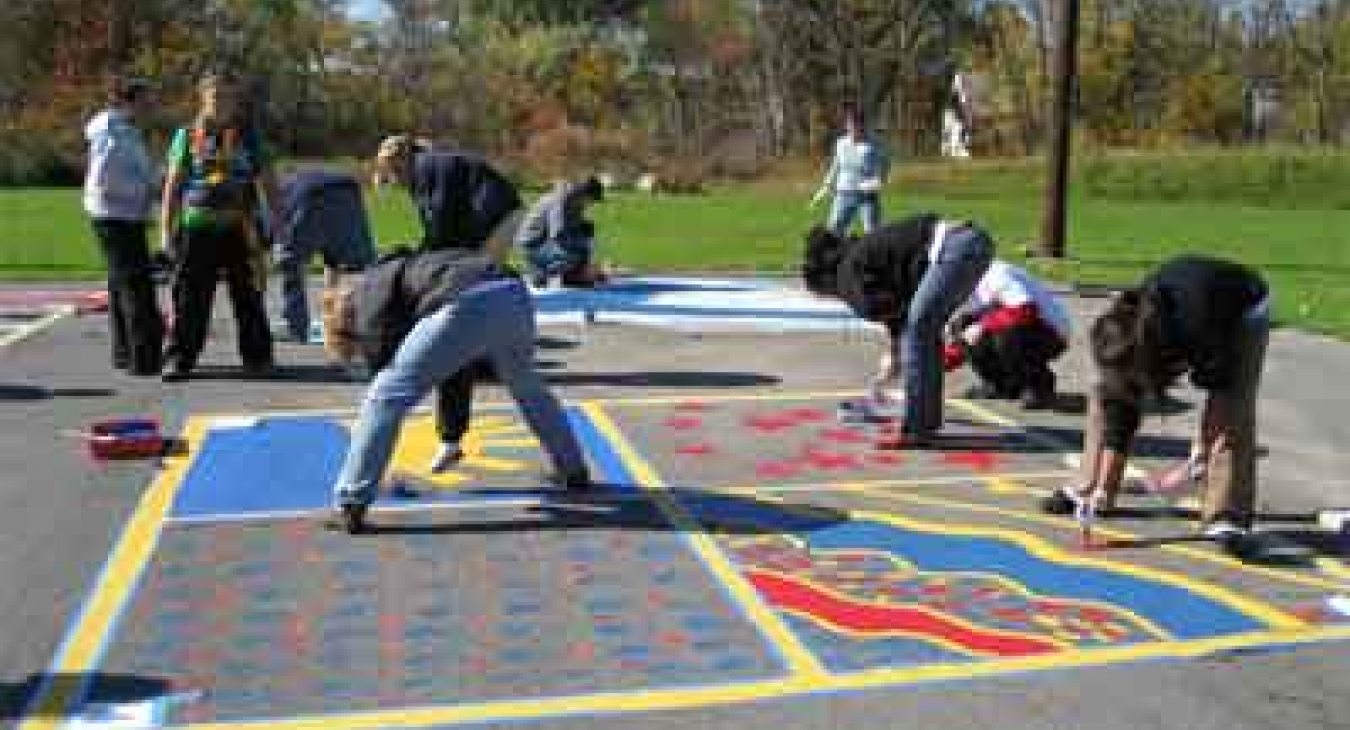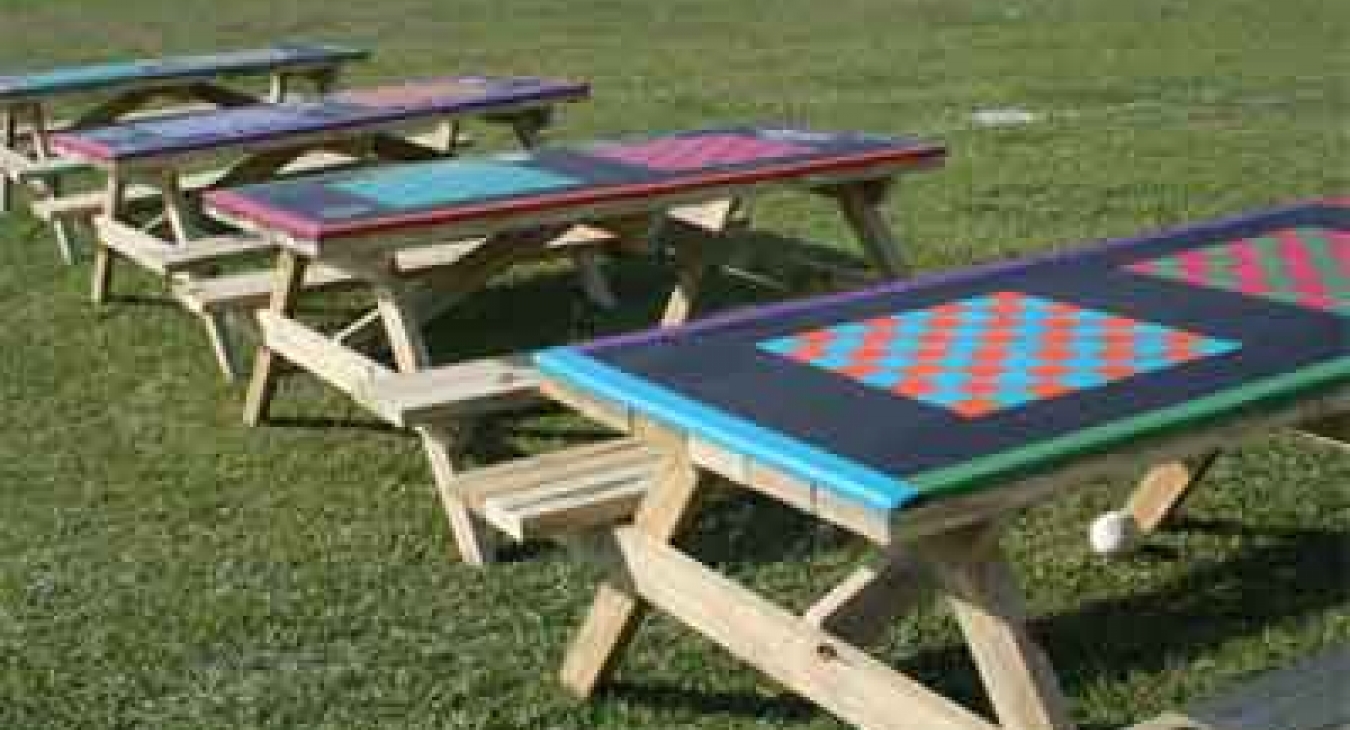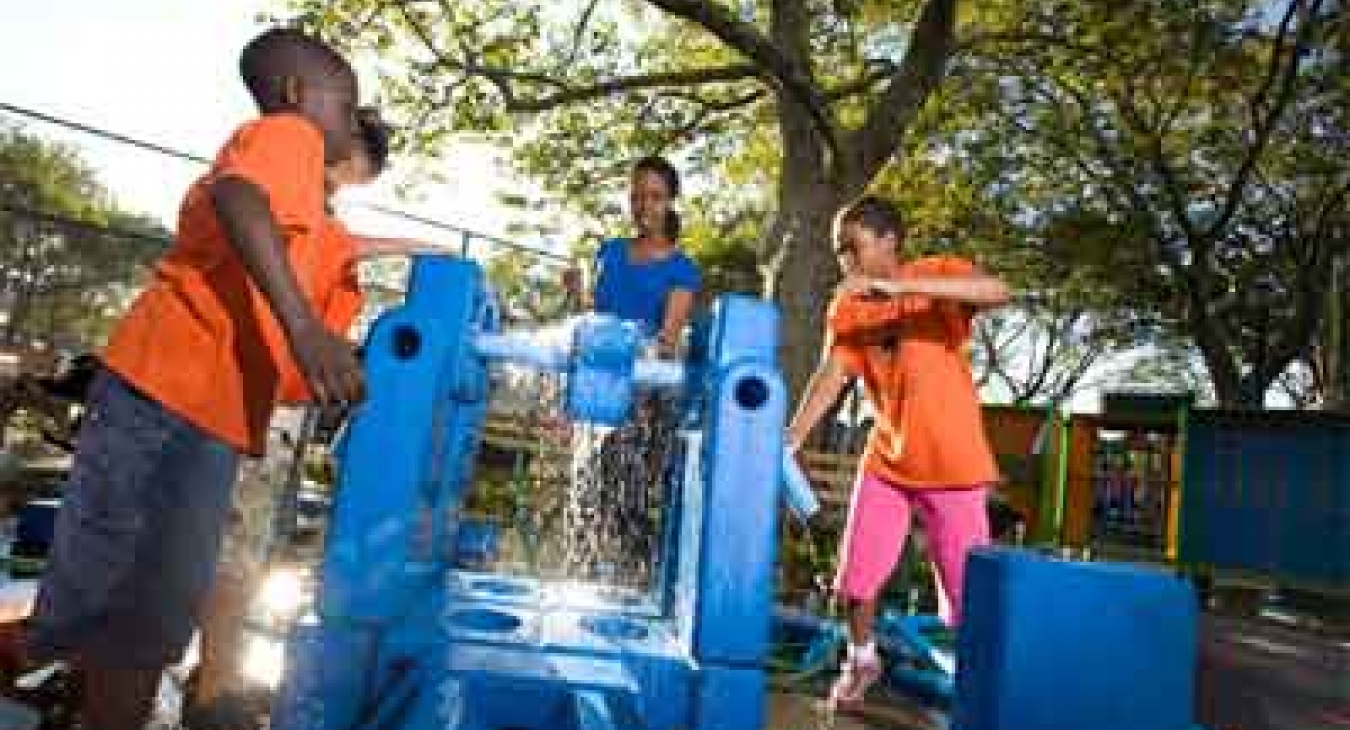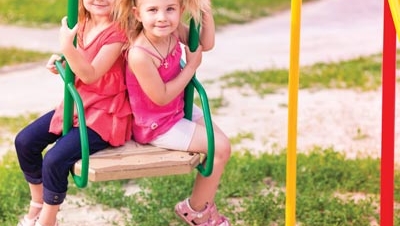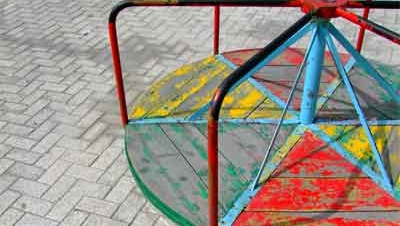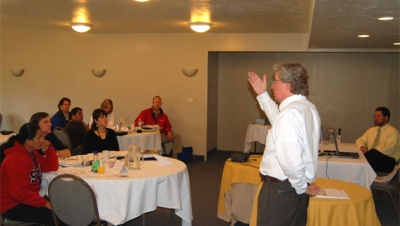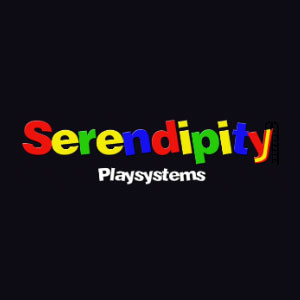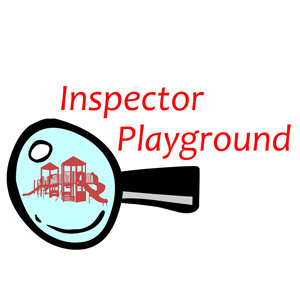Painted asphalt playground games
Playgrounds don’t improve themselves—they need love and care to thrive. If you’re lucky enough to have a playground within walking distance of your home, here are seven ways to ensure that it stays safe, well-maintained, and most importantly, played on by young and old alike. In honor of St. Valentine, let’s show your playground some love.
1. Put it on the map
Are you sure new neighbors know where your playground is? Add photos to our Map of Play, and be sure to let folks know about its condition and the amenities it offers. If your playground is already on the map, you can help provide more information by adding your own comments and reviews.
>> Visit our Map of Play or download our mobile Playgrounds! app
2. Paint games on unused asphalt
Stretches of plain asphalt present valuable opportunities for play—just add paint! Markings for simple games, like hopscotch and foursquare, help incentivize children to engage in play and physical activity. Plus, they increase motor skills, create learning opportunities for conflict resolution, and maximize the potential of your playspace.
>> Get stencil sets and rules guides atpeacefulplaygrounds.com
3. Make it shady
Many playgrounds offer no shaded areas, which discourages use in hotter months. Shade structures come in all shapes and sizes and can be added to existing equipment to provide some respite from the sun. You can also build shade structures over benches so that parents don’t burn up while supervising their children. And don’t forget about planting trees, which not only provide shade but also beauty, greenery, and potentially, new climbing opportunities for children!
>> Get step-by-step instructions for do-it-yourself shade structures
>> Learn all about planting trees at playgrounds
4. Make it fun for the “big kids”

Playgrounds aren’t just for little ones. A few simple additions to the area surrounding your playground—like planters, benches, chessboard tables, stages, and chalkboards—can transform it into a multi-use, multi-generational space, engaging kids, teens, and parents alike. With a bit of prep work, you can invite groups of volunteers to build these items, all of which can be completed in a single day.
>> Get step-by-step instructions for do-it-yourself side projects
5. Organize a playground watch
Much like a neighborhood watch, a playground watch empowers citizens to protect their playgrounds and the families who use them. Put parents at ease and encourage more playground use by gathering a group of volunteers to rotate shifts on a playground watch. Not only does this ensure that a responsible supervisor is always at the playground, but it protects against vandalism and crime. Enlisting teens is a great way to encourage community involvement and a sense of investment in their local playground.
>> Learn more and download a sample recruitment flyer
6. Add loose parts

Imagination Playground in a Box or Cart is a semi-mobile kit of parts to encourage unstructured, child-directed play. A set includes a storage unit on wheels and Imagination Playground Blocks—loose parts that allow children to constantly reconfigure their environment and to design their own course of play. Instead of, or in addition to, Imagination Playground, you can create a “PlayPod” for found and donated items ranging from fabrics to safety cones to cardboard boxes.
>> Learn more about Imagination Playground
>> Get inspiration for a PlayPod
7. If it's broke, fix it!
Many playground maintenance issues go unreported simply because people don’t know who to call, or because it seems like too much work. Coordinate with the body in charge of your local playground to set up a reporting system so that the appropriate people can promptly be notified about broken equipment, graffiti, or any other issues that may arise. It could be as simple as posting a prominent sign at the playground with a phone number.
>> Learn about San Francisco’s online reporting system

